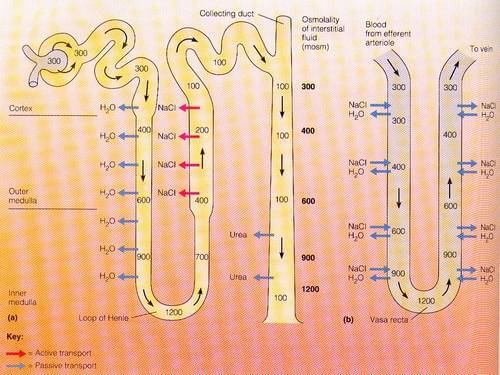The term counter-current means flow in opposite direction. The renal counter-current mechanism comprises of: Flow of filtrate in opposite direction in nephron loop (down the descending limb and up the ascending limb of LOH or Loop of Henle) – that functions as a counter-current multiplier Flow of blood in opposite…

Neurofibromatosis type 1 Criteria : Mnemonic
Mnemonic: 2 out of ABCDEFG 1. Axillary or inguinal freckling 2. Bone lesions (sphenoid dysplasia, tibial pseudoarthrosis) 3. Cafe au lait macules/spots (>/= 6 in number; >/= 5 mm in prepubertal and >/= 15 mm in postpubertal) 4. Dermatologic neurofibroma 5. Eye hamartomas/Lisch nodules >/= 2 6. Family history (first…
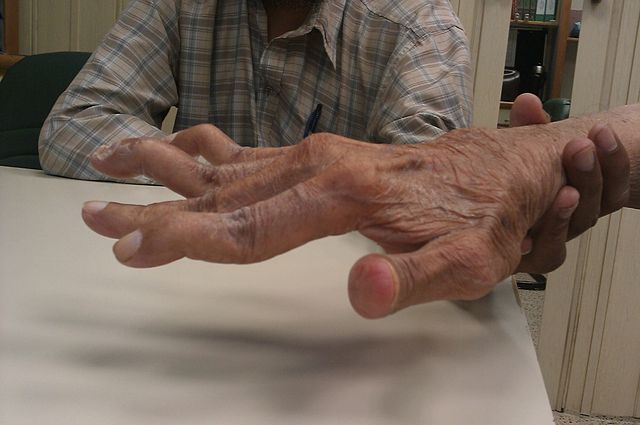
Boutonniere and Swan neck Deformity – Pathophysiology
Understanding of the Boutonniere and Swan neck deformity requires clear concept of the finger extensor apparatus, which has been discussed here. The extrinsic extensor tendons trifurcate giving a central slip which attaches to the middle phalanx base and two lateral slips which join with lateral band (formed by intrinsic muscles…
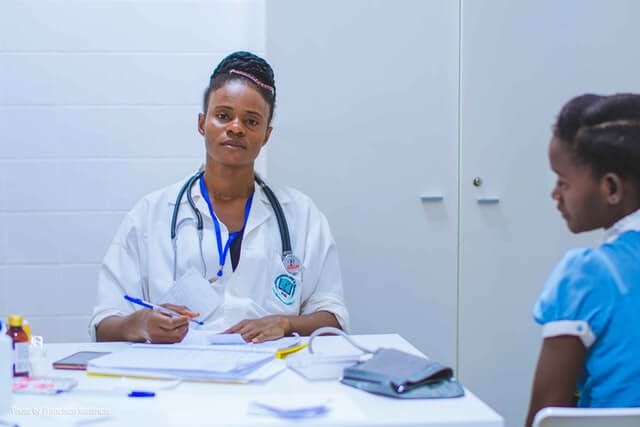
How to Stay Comfortable While Working in a Hospital
As a healthcare worker, you should focus on achieving a perfect balance between health and career. Even if you are still planning to enter the field of medicine, you should learn how to maintain excellent health once you land your dream job. That is why we have compiled this list…
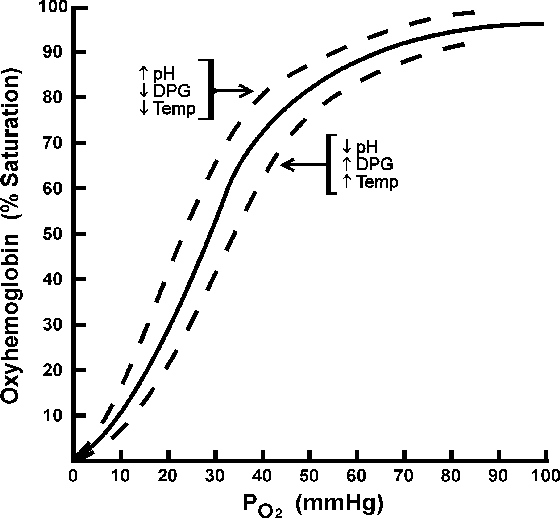
Oxygen Hemoglobin Dissociation Curve : Mnemonic
The oxygen hemoglobin dissociation curve is sigmoidal in shape because the binding of 1st oxygen molecule is difficult, however once bound, they facilitate the binding of subsequent molecules until the saturation is reached (plateau). This is called the allosteric interaction (cooperativity). Lets come to the mnemonics now. The curve can…

Spaces and Compartments of Hand
Spaces of Hand Deep space infections occur in one of the three anatomically defined potential spaces within the hand. Thenar, mid-palmar and hypothenar spaces Interdigital subfascial web space Forearm space of parona Deep hand space Dorsal border Volar border Ulnar border Radial border Remarks Thenar Adductor pollicis Palmar aponeurosis Middle…
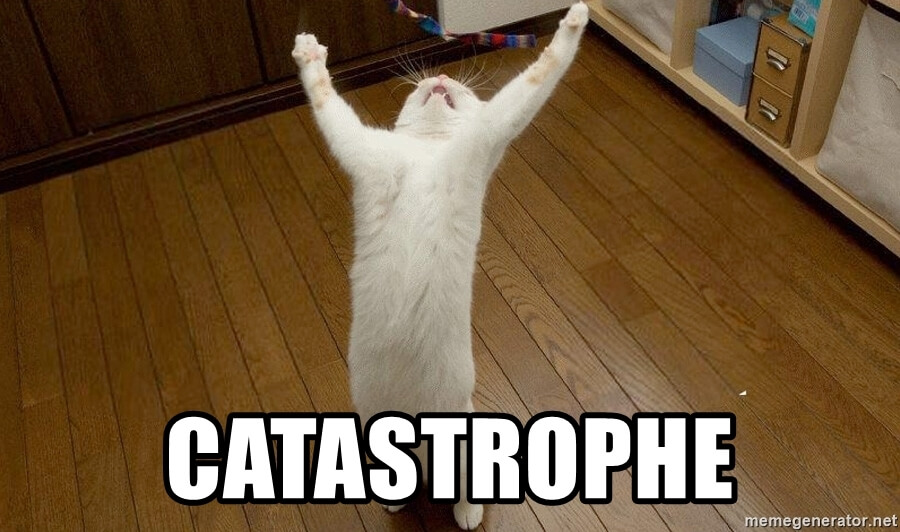
Differential Diagnoses of Older patient’s fall : Mnemonic
Mnemonic: CATASTROPHE 1. Caregiver and housing (information on the circumstances of present fall and falls history) 2. Alcohol (including withdrawal) 3. Treatment (medications, recently added or stopped, compliance) 4. Affect (depression or lack of initiative) 5. Syncope (any episode of fainting) 6. Teetering (dizziness) 7. Recent illness 8. Ocular problems…
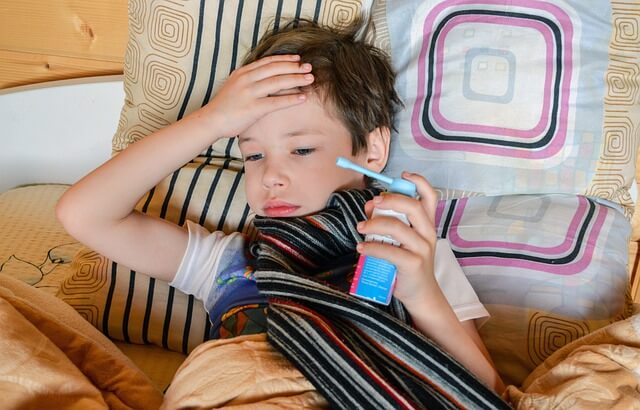
Juvenile Idiopathic Arthritis (JIA) : Mnemonic Approach
Synonym: Juvenile Rheumatoid Arthritis (JIA) Diagnosis of JIA Mnemonic: One Six Sixteen (1, 6, 16) 1: Inflammation of atleast 1 joint (joint involvement: knee > wrist/hand > ankle > hip > c-spine) 6: Lasting for atleast 6 weeks 16: Onset before 16 years age In order to confirm the diagnosis,…
